Imagine! It’s been exactly two years since every single PS4 model was upgraded to support HDR, thanks to system software update 4.0. Looking back, HDR has had a heckuva impact on game artistry, greatly elevating already beautiful-looking games like God of War and Horizon Zero Dawn.
As a primer, HDR, aka high dynamic range, is an image display technology that can generate more vivid and dynamic colors, deeper blacks, and brilliant highlights. It’s one of those rendering technologies that you need to see to believe, because it makes the colors and light you see on your screen more closely matched to reality than with a non-HDR compatible TV.
You’ll want to make sure your 2K or 4K HDR-capable TV supports the HDR10 format. On your PS4 or PS4 Pro, activate this feature by heading to Settings → Sound and Screen → Video Output Settings → HDR and click “Automatic.”
To mark the big day, we asked developers for their insights on how adding HDR brings brilliance to their games.
Marvel’s Spider-Man
“We’ve tried to find the right balance with our HDR implementation such that the medium tones and dark tones in the image look the same as they would in non-HDR, but the brightest parts of the image really pop. Swinging around the city at night or in the rain shows off HDR nicely—the bright lights of the city really stand out against the darker background. As you progress through the game and meet up with some of the more colorful villains Spidey needs to contend with, there are some gorgeous night scenes with bright effects—but you’ll have to play the game to see what I mean.”
– Al Hastings, Chief Architect, Insomniac Games
Shadow of the Tomb Raider
“Our team worked very hard to fully support HDR, and revamped our entire pipeline to support HDR from the beginning. Our game offers realistic lights intensity calibration, HDR textures and global illumination energy conservation. Throughout the development of the game, we made sure to integrate HDR every step of the way. Thanks to this ongoing work, Shadow of the Tomb Raider looks more real and immersive, with more intensity and nuance. There are many areas we’re looking forward for you to experience in HDR, such as our jungle – which is especially amazing with the light on the sun coming through the dense foliage.”
-Frederic Robichaud, Programming Director, Eidos-Montréal
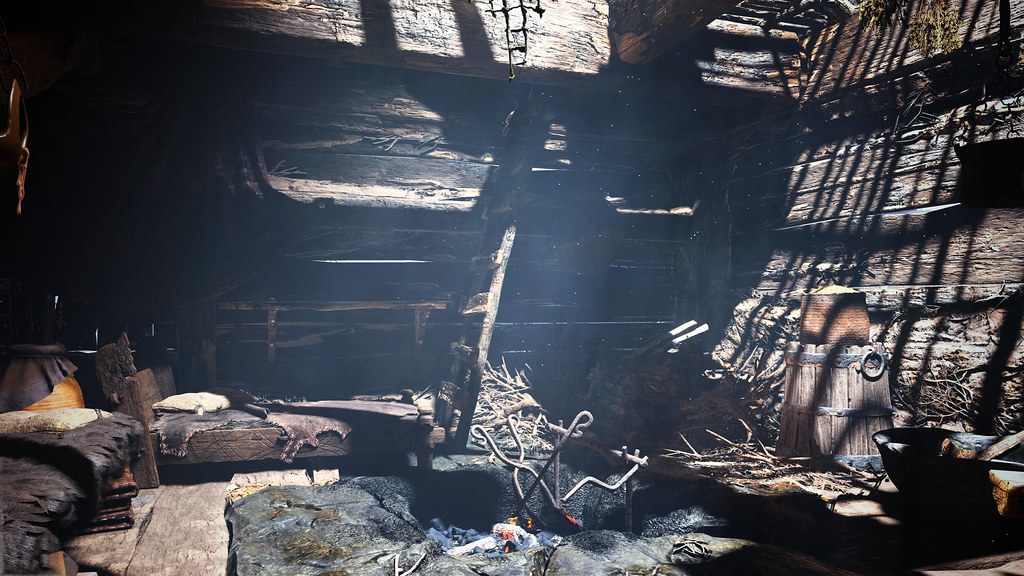
God of War
“Bringing to life the beautiful and fantastic world of Norse mythology is no easy feat, but in the latest God of War, Santa Monica Studio uses HDR to immerse players in a realm beyond imagining. HDR technology enhances the spectacular vistas you see in the game, and the realistic lighting that draws the players into a world of myth and legend. From inside Kratos’ home to the caves of Peaks Pass, there are a myriad of impressive examples in God of War of how HDR can take the gaming experience to a higher level of visual quality.”
– Florian Strauss, Technical Director, Santa Monica Studio
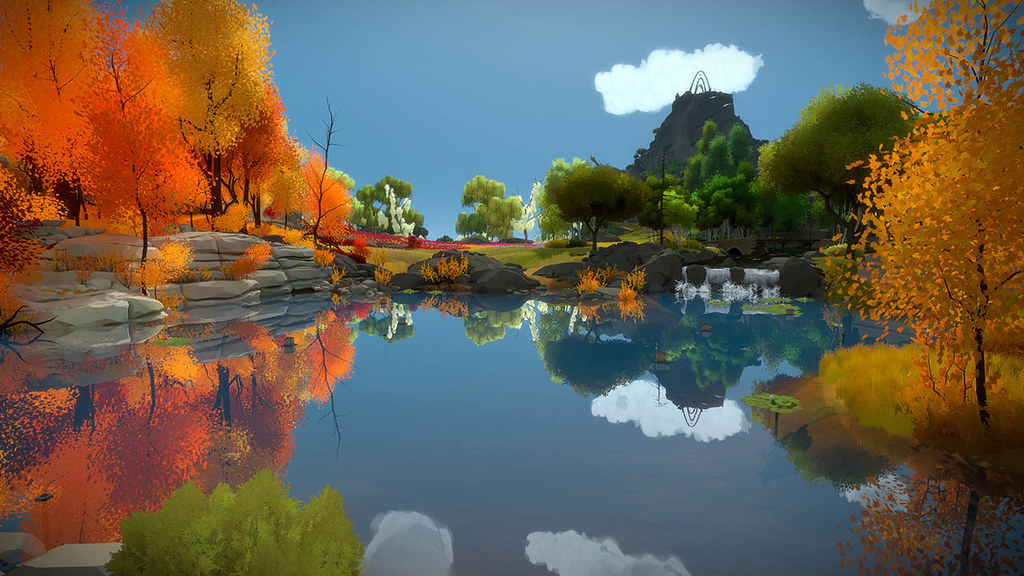
The Witness
“Having our own in-house engine with a full HDR pipeline already in place made it easy to transition to HDR TVs. We just had to adapt the output image to this new standard… HDR allowed us to fully express the colorful, striking, visual art style of The Witness. Players can notice this immediately as soon as they exit the initial entry tunnel. The improved color space brought out colors impossible to show before, as well as rendered scenes in extreme light and brightness conditions. Our main challenge came from the fact that color in this game is an integral part of gameplay, and we couldn’t break any of the puzzles.”
– Salvador Bel Murciano, Programmer, Thekla
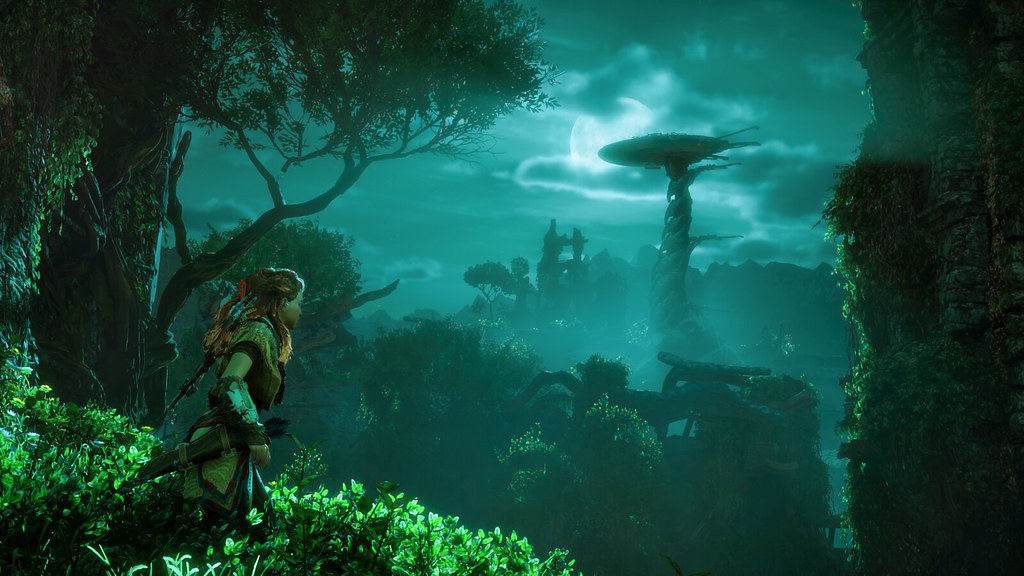
Horizon Zero Dawn + The Frozen Wilds
“Creating a lush, visually captivating game world was always one of the core development goals for Horizon Zero Dawn, and the HDR capabilities allowed the team at Guerrilla to really bring the brilliance to life. On HDR-compatible 4K displays, Horizon Zero Dawn’s environments truly stun, and the enhanced color fidelity brings out the rich hues and subtle details of the wilderness. Sunsets are particularly breathtaking; the suffusion of deep reds and oranges are guaranteed to make players forget they’re surrounded by deadly machines.”
– Jeroen Roding, Community Manager, Guerrilla

Final Fantasy XV
“Final Fantasy XV’s HDR support, mainly targeted toward 1,000 nits TVs, adjusts the tone curve when a screen filter is applied, so that the images are most beautifully displayed under the target environment.
While the tone curve is adjusted to stay within the color value of 1.0 in LDR, the curve forms a more gentle shape in HDR. Gaming in HDR will allow players to experience the dazzling sun, lush forests and vast nature where living creatures exist, at resolutions that offer an enhanced sense of realism.
Another great part of this is that they can witness Final Fantasy’s whimsical and beautiful world with greater clarity.”
– Yuji Shinoda, Producer for Final Fantasy XV, Luminous Productions
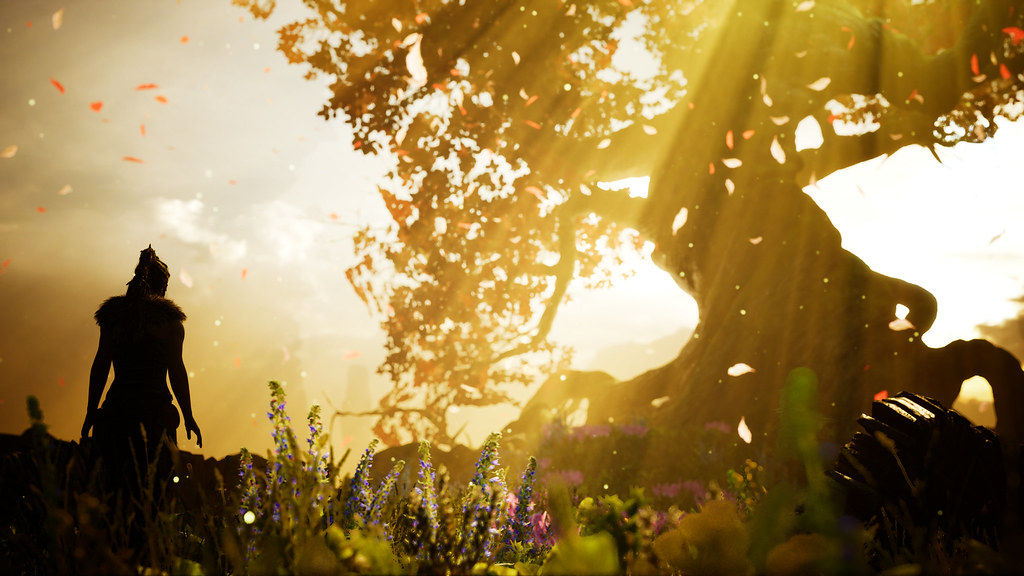
Hellblade: Senua’s Sacrifice
“With the HDR update to Hellblade: Senua’s Sacrifice, we re-generated a lot of our sky textures from an HDR source to get the best range of lighting possible. Hellblade will detect when a player has an HDR TV and optimize its lighting and art accordingly, resulting in a much better range of brightness – the weather and atmospheric effects in Hellblade are particularly noticeable in this regard. Additionally, we tweaked the interface colors to maintain their detail and vibrancy within more extreme lighting. The moment when the golden sunset breaks through the clouds as you approach the bridge to Helheim for the first time is made all the more breathtaking with HDR.”
– Francesca Mead, Product Manager, Ninja Theory
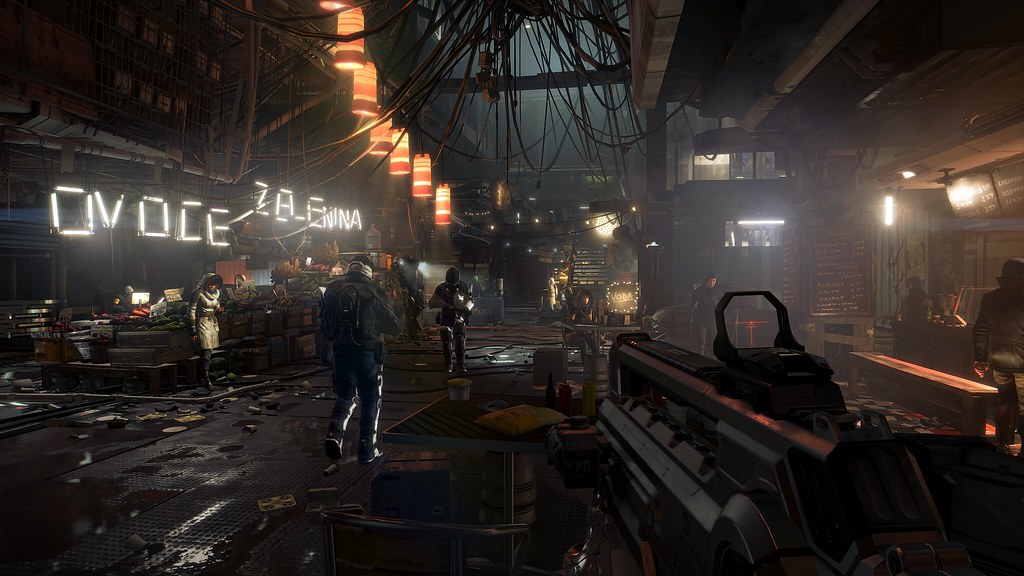
Deus Ex: Mankind Divided
“Deus Ex: Mankind Divided came out just before PS4 Pro launched. It was an interesting challenge for our team, as our game was completed and we couldn’t go back and tweak the non-HDR visual experience. On the other hand, creating the HDR version wasn’t as easy as flipping a switch – as you can imagine!
As a first step, we had to take frames from our game in sRGB color space (regular TVs), and apply the necessary transformations to display the same frames in Rec. 2020 color space (HDR TVs), with an average luminance level. We could then see for ourselves how tints varied, following color rotations between the two spaces. For the final luminance curve to apply, we simply used the same Brightness calibration menu we already had in our game. The same asset, displayed in a different color space, allows an HDR player to help us identify the maximum luminance level of his TV.
Finally, we bet on the fact that players would be particularly impressed by the brilliancy of certain colors, compared to non-HDR visuals. We added an artificial curve to our final image, in order to boost brilliant pixels. It was kind of an empiric process, but it allowed us to obtain the best results considering our constraints.
One of our favorite areas of the game to appreciate in HDR is Golem City, with all its neon lights that contrast with the darkness of the environment itself.”
– Jean-François Dufort, Lead Graphics Programmer, Eidos-Montréal
There are plenty more games to come that we can’t wait to play through in HDR, including Days Gone, Call of Duty: Black Ops 4, Assassin’s Creed Odyssey, and more.
What game do you think shows HDR off best? Let us know in the comments below!















